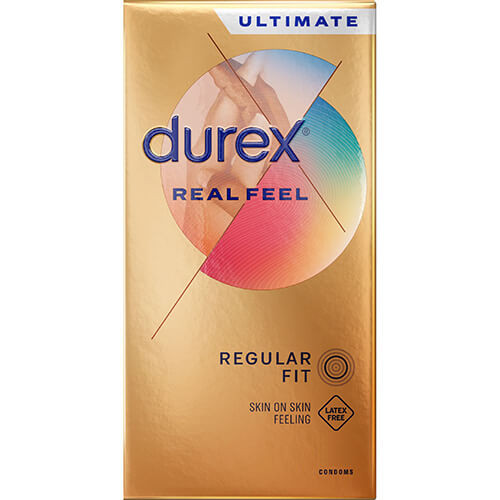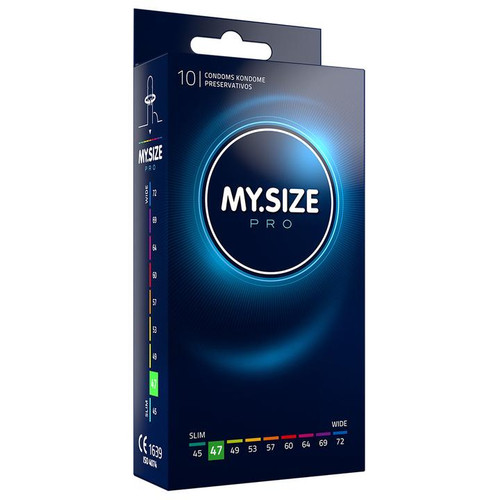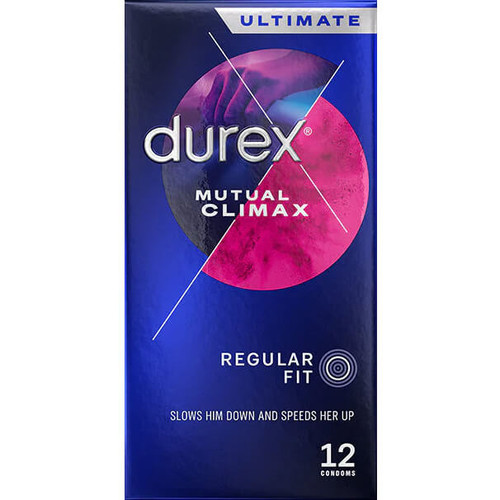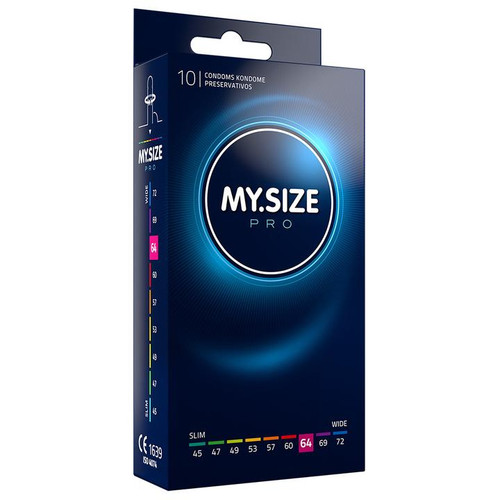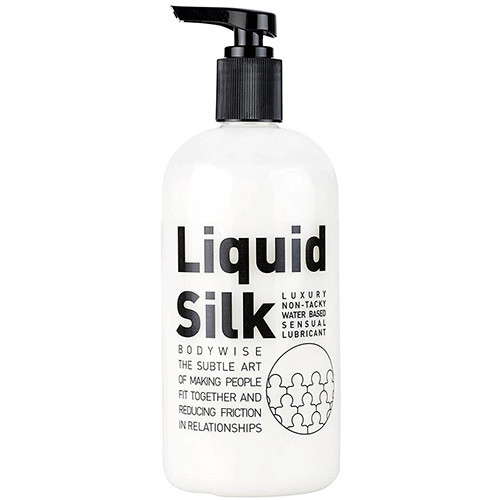Guide to Non-Latex Condoms
Having a latex allergy is potentially a very serious thing. It’s not always life-threatening, but it can easily be. Latex is a milky fluid that comes from the rubber tree. It can cause itching and hives, but it can also cause full-blown anaphylaxis. Most people are exposed to latex through gloves or condoms, it’s a very popular substance for manufacturing both of these.

What does a condom latex allergy look like?
There isn’t one single definition, an allergy can cause a range of symptoms from flushing of the skin and mild itching to complete swelling of areas of the body that didn’t come into contact with the condom. The most serious of these is if the face and throat swells because that could cause the airway to be cut off, causing suffocation or cardiac arrest. Yes, that sounds pretty dramatic and probably won’t happen to the majority of people, but it could – and if you suffer from any other allergies then it might be a good idea to go for the non-latex condom, just in case. If you’re struggling to breathe in the bedroom then there had better be a solid and safe reason for doing so! If you’ve decided to hedge your bets and play it safe, then luckily, there are plenty of non-latex options out there.
Are they just as effective as latex condoms?
There isn’t definitive data for assessing their exact effectiveness, but they do offer the same protection against pregnancy and STIs as latex ones. In fact, they are slightly more stretchy which means that they are a bit more forgiving and not as likely to cause a rip during use. That’s a little bit of extra peace of mind.
What are my non-latex condom choices?
- Polyurethane ones. These bypass rubber altogether in the manufacturing process and they’re made out of a thin plastic instead. They provide pretty much the same protection against pregnancy and STIs as latex-based condoms, so you don’t have to compromise there, however it’s useful to bear in mind that they aren’t quite as tight fitting as a latex one. It doesn’t mean that they’re any the less suitable for you, just that it’s something to be aware of when you’re getting the condom safely into place.
- Polyisoprene condoms. Again, these offer the same level of protection as polyurethane ones, so no worries there. They also tend to be slightly more stretchy than latex ones so make sure that you get the fit right. Stretchy is usually good, it fits more exactly and doesn’t rip as easily, but it does mean that there’s a slightly larger margin for error. They don’t need any special attention, just be as careful as you would with any other condom.
- Female condoms. These aren’t the first product that comes to mind when you think about condoms and they aren’t as large a hit on the market as male condoms, but they do exist and if properly fitted they work well with exactly the same function as male ones – they’re a simple barrier method of contraception. The Femidom comes pre-lubricated for ease, it’s manufactured out of polyurethane, it’s odourless and disposable and protects by lining the inside of the vagina. Used correctly, they have a 95% effectiveness rate, which is slightly down on standard condoms, but they are a good choice if standard ones aren’t an option. They can be slightly fiddly to get into place but overall they’re a good contraceptive choice if you’re looking for a non-latex product.
Lambskin condoms. There’s no worry about latex with these, they are a 100% natural animal product, made out of the intestinal lining of a lamb (as the name suggests). These obviously have a good press because they have been around since the early days of the Roman Empire, which is when records for use of them date from. Their manufacture is obviously more sophisticated now, but the core use of them remains the same. You might be wondering why on earth you would use a lambskin condom when there are so many alternatives on the market, but they do have selling points, the first of which is that they are a natural, animal product not using any latex or plastics. They also have a drawstring at the base of the penis which gives extra security to the fit of them. But their overall best selling point is that they are quite a lot thinner than other condoms, so the experience is a more sensual one. They also transmit body heat much better than a standard condom which again creates more pleasure and gives more sensation to the whole experience. Their only slight downfall is that they tend to be the more expensive option because unlike latex/polyurethane condoms they can’t be mass produced on the same scale because of the nature of their material. But they are still a good contraceptive choice if you’re avoiding latex in your love life.



